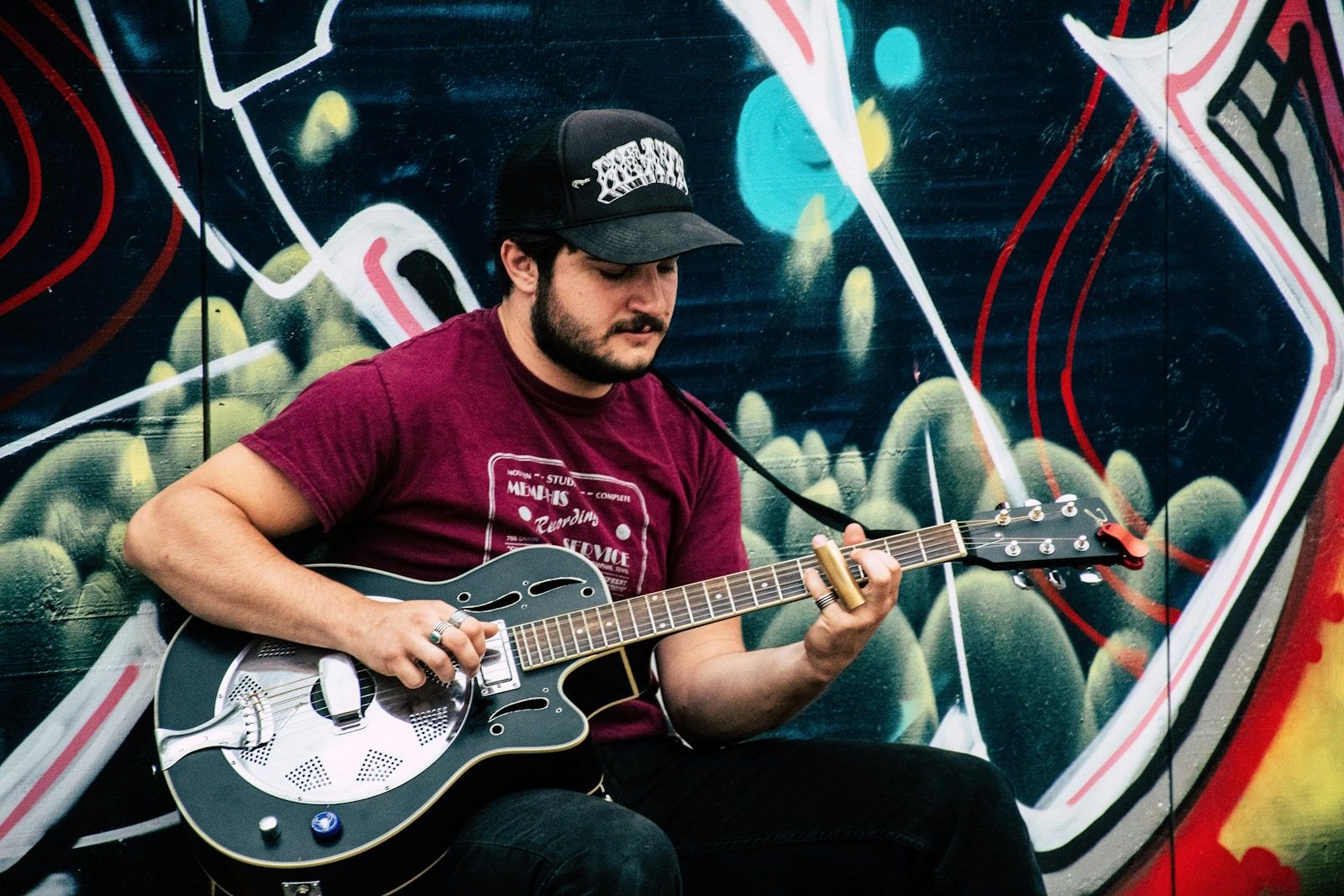In today’s digital age, the music industry has seen an unprecedented shift. Songs can go from being unknown to international hits within days, thanks to the power of social media and streaming platforms. But what exactly makes a song go viral? Is it sheer luck, or are there identifiable factors that contribute to a song’s explosive success? In this blog post, we’ll delve into the key elements that contribute to the virality of songs, from catchy hooks to social media trends.
Catchy Hooks and Memorable Melodies
One of the most crucial elements of a viral hit is a catchy hook or melody. This is the part of the song that gets stuck in your head and makes you want to listen to it over and over again. Think of songs like “Old Town Road” by Lil Nas X or “Gangnam Style” by Psy. Both of these tracks feature incredibly catchy hooks that are easy to remember and sing along to. The repetitive nature of these hooks makes them more likely to stick with listeners and encourages repeated plays. Similarly, in marketing, creating memorable hooks can be vital, whether you’re promoting music or something entirely different, like finding the best marijuana seeds for sale or other variants.
Relatable and Timely Lyrics
Another important factor is the relatability and timeliness of the lyrics. Songs that touch on current events, popular culture, or universal themes tend to resonate more with listeners. For example, Billie Eilish’s “Bad Guy” became a viral hit partly because its edgy, rebellious lyrics struck a chord with a wide audience. Similarly, Childish Gambino’s “This Is America” gained massive attention due to its powerful commentary on social and political issues.
The Power of Social Media
Social media platforms like TikTok, Instagram, and Twitter play a significant role in the virality of songs. TikTok, in particular, has become a breeding ground for viral hits. The platform’s algorithm promotes content that engages users, and songs that are easy to dance to or use in challenges quickly gain traction. For instance, the song “Say So” by Doja Cat became a viral sensation on TikTok, leading to its climb up the Billboard charts. Artists and record labels now strategically release snippets of songs on social media to create buzz and encourage user-generated content.
Influencer and Celebrity Endorsements
Influencers and celebrities have the power to catapult a song to viral status. When a well-known figure shares a song or creates content around it, their followers are likely to check it out. This ripple effect can lead to a surge in streams and downloads. For example, when Kylie Jenner shared a video of herself singing along to Travis Scott’s “Sicko Mode,” the song experienced a notable increase in popularity. Collaborations with popular influencers and celebrities can provide the exposure needed to turn a song into a viral hit.
High-Quality and Engaging Music Videos
The visual component of a song can be just as important as the audio. A high-quality, engaging music video can significantly boost a song’s chances of going viral. Music videos that tell a story, feature impressive choreography, or include unique visual elements are more likely to capture viewers’ attention and be shared widely. For example, the visually stunning and narrative-driven music video for Childish Gambino’s “This Is America” played a crucial role in the song’s viral success.
Strategic Marketing and Promotion
Behind every viral hit is often a well-executed marketing and promotion strategy. Record labels and artists invest in advertising, playlist placements, and social media campaigns to maximize a song’s exposure. Collaborating with popular playlist curators on platforms like Spotify and Apple Music can lead to increased visibility and streams. Additionally, timing the release of a song to coincide with significant events or trends can amplify its impact.

Authenticity and Originality
In a saturated market, authenticity and originality can set a song apart. Listeners are drawn to music that feels genuine and offers something unique. Artists who bring their distinctive style, voice, or perspective to their music are more likely to create memorable and impactful songs. For instance, Lil Nas X’s genre-blending approach in “Old Town Road,” combining country and hip-hop elements, made the song stand out and contributed to its viral success.
Conclusion
The success of viral hits is a complex interplay of various factors, from catchy hooks and relatable lyrics to the power of social media and strategic marketing. While luck does play a role, understanding these key elements can help artists and industry professionals increase their chances of creating the next big viral sensation. For instance, just as https://www.barneysfarm.com/ successfully markets its products online (like cannabis or marijuana seeds), musicians can leverage digital platforms to boost their visibility. As the digital landscape continues to evolve, so too will the strategies for achieving viral success in the music industry.














